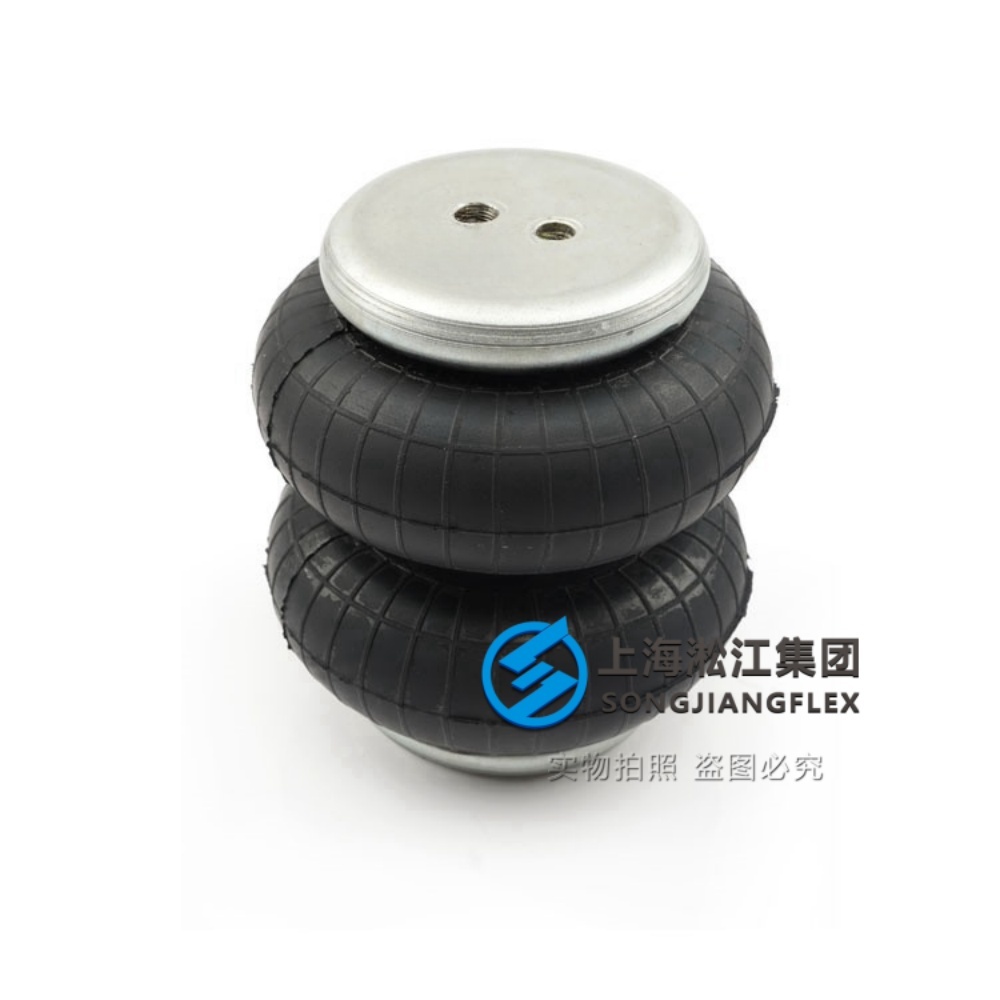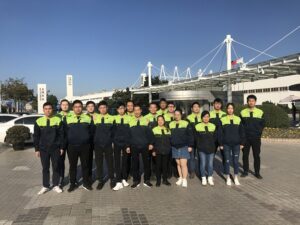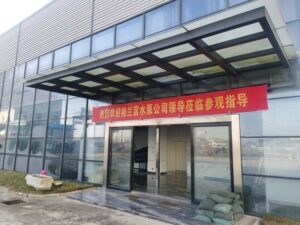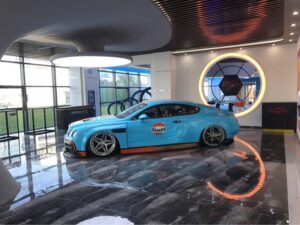Why Do Large Chiller Units Use Air Spring Vibration Isolators?
Large chiller units generate strong vibrations and noise during operation, threatening equipment longevity and building comfort. Traditional mounts often fail under heavy loads or dynamic conditions. Air spring isolators for chillers efficiently stabilize, protect critical components, and provide reliable chiller vibration control for modern HVAC systems.
Air spring isolators for chillers deliver superior vibration isolation, significant noise reduction, extended equipment lifespan, and improved energy efficiency. They are ideal solutions for high-demand HVAC applications, ensuring stable and efficient operation while reducing maintenance costs and downtime.
Discover how air spring isolators enhance the performance of large chillers and address common operational challenges.
Why Are Vibrations a Problem in Large Chiller Units?
Vibrations in large chillers originate from compressors, pumps, fans, and connected piping. These vibrations can propagate throughout the building structure, creating noise disturbances and reducing occupant comfort.
Uncontrolled vibrations may lead to loosened piping, premature wear on mechanical components, misalignment of compressors, and even structural fatigue. Effective vibration isolation for HVAC systems is critical to prevent costly repairs, unexpected downtime, and operational inefficiencies. For large chillers, vibration control is not just a comfort issue—it directly affects system reliability and equipment longevity.
How Do Air Spring Isolators Work?
Air spring isolators use an enclosed air chamber combined with damping mechanisms to absorb and dissipate vibrational energy. Their design allows for adjustable stiffness and load compensation, providing tailored vibration isolation for different types of chillers.
Unlike traditional rubber mounts, air springs maintain consistent isolation performance under high loads and over extended periods. They are particularly effective in reducing low-frequency vibrations and resonance, ensuring that air spring isolators deliver reliable, long-term protection for critical HVAC equipment.
By decoupling the chiller from the building structure, air springs reduce the transmission of both vertical and horizontal vibrations, improving overall operational stability.
How Do Air Spring Isolators Improve Vibration Control in Large Chillers?
High-efficiency air spring designs significantly reduce vibration transfer from compressors, pumps, and fans. By isolating these sources, the overall chiller vibration control improves, minimizing wear on connected piping and mechanical components.
Air spring isolators prevent resonant frequencies from amplifying system vibrations, providing a stable foundation even under varying operational loads. This makes them ideal for modern high-load chillers, where vibration spikes can lead to system inefficiencies, increased energy consumption, and higher maintenance costs.
What Are the Energy Efficiency Benefits of Using Air Spring Isolators in Chillers?
Reducing vibrations allows chillers to operate with lower mechanical stress, improving energy efficiency. Energy-efficient chiller mounts optimize system dynamics, resulting in decreased motor workload and reduced energy consumption.
They minimize mechanical friction, vibration losses, and unnecessary power usage. For buildings seeking sustainable HVAC solutions, air spring isolators not only protect the equipment but also contribute to lower operational costs and improved overall efficiency. By reducing vibration-induced energy losses, air spring isolators support green building certifications and energy-saving initiatives.
How Do Air Spring Isolators Compare to Traditional Rubber Mounts for Chillers?
Air springs outperform traditional rubber mounts in stability, load capacity, and vibration attenuation, especially under high-load or large-amplitude conditions.
Air spring vs rubber mounts clearly shows air springs provide better low-frequency isolation, longer service life, and enhanced adaptability for different chiller sizes. Rubber mounts often degrade under heavy or dynamic loads, while air springs maintain consistent performance, making them ideal for vibration isolation for HVAC systems in large commercial or industrial buildings.
Air springs also reduce the risk of resonance-related failures, which are common when using conventional rubber mounts in high-capacity chillers.
What Types of Large Chillers Benefit Most from Air Spring Isolators?
High-load centrifugal chillers, screw chillers, and multi-stage compression units benefit the most from air spring isolators. These chillers typically generate stronger vibrations due to high-speed compressors and large flow rates.
High-load vibration isolators effectively absorb these vibrations, protecting both the chiller and associated piping systems. Custom-designed air springs can be tailored to the weight, load distribution, and operational environment of each chiller, ensuring optimal isolation performance and reduced long-term maintenance costs.
How Do Air Spring Isolators Extend the Lifespan of Chiller Components?
By absorbing vibrations, air spring isolators minimize mechanical stress, fatigue, and wear on critical components such as compressors, pumps, fans, and piping connections.
This leads to a significantly extended lifespan of chiller components, fewer replacements, and lower maintenance expenses. With consistent vibration control, air springs prevent premature deterioration, misalignment, and operational failures, offering higher reliability and improved ROI for large HVAC installations.
How Do Air Spring Isolators Reduce Noise Levels in Chiller Systems?
Vibration isolation directly correlates with noise reduction. Air springs significantly reduce low- and mid-frequency vibrations that propagate through building structures, resulting in quieter chiller operation.
Achieve large chiller noise reduction and enhanced occupant comfort with air spring mounts. This is particularly important in commercial buildings, hospitals, or data centers where noise levels can affect productivity or sensitive equipment.
What Are the Installation Requirements for Air Spring Isolators in Large Chillers?
Proper installation is essential to ensure effective isolation and operational safety. Considerations include chiller weight, support points, air line connections, and system leveling.
Correct air spring installation for chillers ensures optimal performance and longevity. Professional installation also reduces the risk of leaks, improper alignment, and suboptimal vibration isolation, which can compromise both equipment protection and energy efficiency.
What Maintenance Considerations Are There for Air Spring Isolators in Chillers?
Air spring isolators require periodic inspections, including checking air pressure, seals, and mount integrity.
Regular maintenance prevents performance degradation and ensures consistent vibration isolation. Maintenance of air spring isolators includes leak detection, cleaning, and pressure monitoring, guaranteeing that chillers operate efficiently and without unexpected downtime.
Summary
Air spring isolators provide superior vibration control, significant noise reduction, enhanced energy efficiency, and longer chiller component lifespan, making them essential for modern large HVAC systems.






